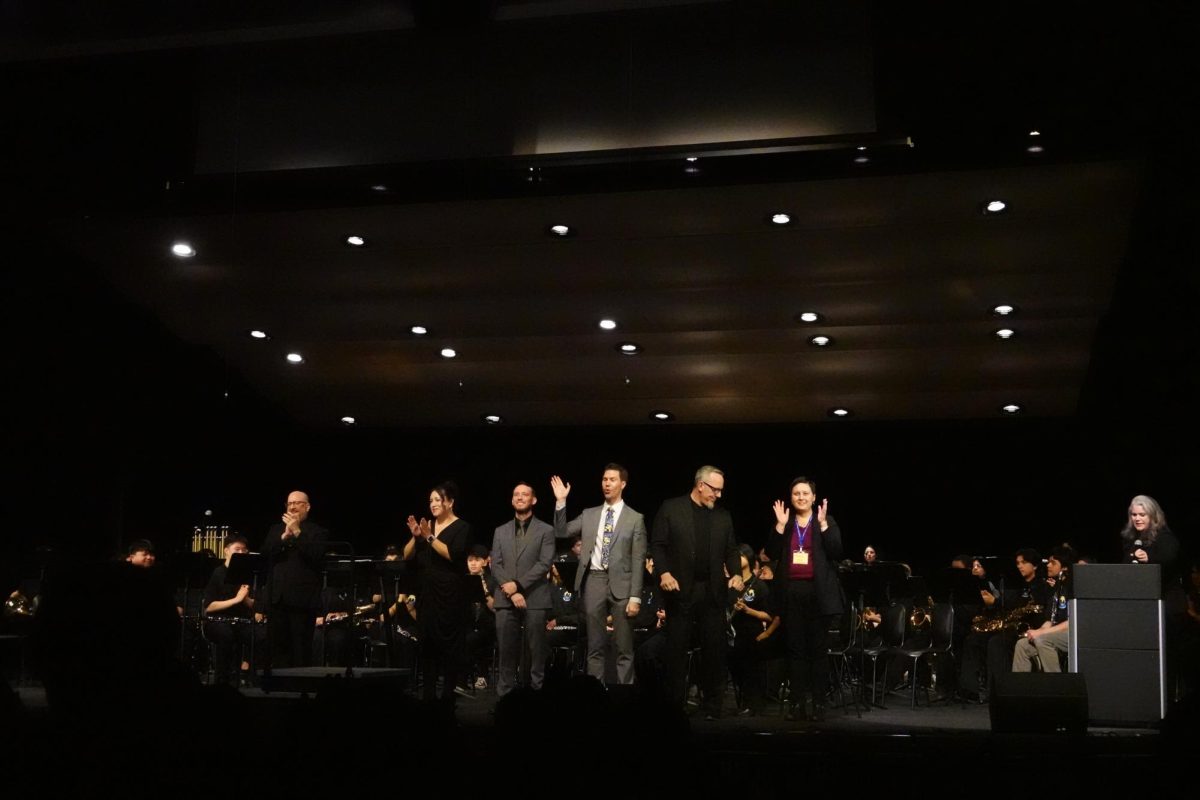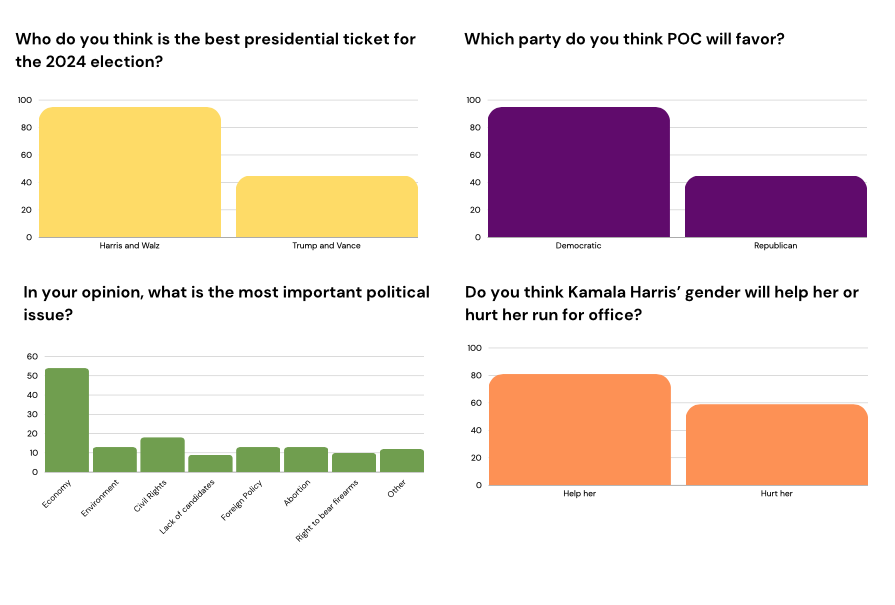On January 20, Donald J. Trump was inaugurated into office for his second term as President of the United States.
Shortly after his inauguration, Trump began signing an excessive amount of executive orders. The most notable of them include: withdrawing the U.S. from the World Health Organization and from the Paris Agreement – for a second time, establishing the Department of Government Efficiency led by Elon Musk, and dismantling DEI (Diversity, Equity, and Inclusion) initiatives. Trump also signed executive orders recognizing only two sexes and renaming the Gulf of Mexico to the Gulf of America.
After the initial set of executive orders, Trump then directed his attention toward immigration —a policy he emphasized in both his 2016 and 2024 campaigns. Trump has already begun his heavy-handed approach to immigration, raising concerns within migrant communities.
To begin, Trump has designated an “invasion across the southern border of the United States,” activating certain executive branch powers allowing Trump’s Cabinet to “take appropriate action to repel, repatriate or remove any alien engaged in the invasion.” International drug cartels have also been designated as Foreign Terrorists organizations.
Trump has also vowed to end birthright citizenship, attempting to redefine it under the 14th Amendment. This asserts that a child born in the U.S. is not a citizen if the mother does not have legal immigration status or is in the country legally, but only temporarily, and the father is not a U.S. citizen or lawful permanent resident.
A federal judge has temporarily blocked the attempt, calling the order “blatantly unconstitutional.” The executive order would have applied to children born on February 19th and onwards, according to legal filings in the case by the Department of Justice.
As per an executive order, Trump’s “Remain in Mexico” policy from his first term has been reinstated, requiring approximately 70,000 non-Mexican asylum seekers to return across the border—a policy previously cancelled by Former President Joe Biden.
The same executive order demands the end of “catch and release,” a policy allowing migrants to stay in communities in the U.S. while awaiting hearings.
The Department of Homeland Security also recently announced the termination of a policy which limited ICE agents from arresting undocumented individuals in or near locations such as schools, hospitals, and houses of worship; to many, this is concerning news.
“Border czar” Tom Homan informed a news outlet that ICE officials have been directed to start arresting individuals who are “here illegally.” However, Homan did not reveal where the raids would occur.
Bay Area officials, however, have stepped up to affirm their position in defending migrants under the looming threat of ICE raids.
“We, in Alameda County, are a sanctuary county and we are unapologetic about it,” said Lena Tam, vice president of the Alameda County Board of Supervisors. “We are home to over half a million immigrants and refugees. They are my parents, our parents, our neighbors.”
The HUSD administration has also affirmed its support for protecting migrants, maintaining no information about a student’s citizenship or immigration status will be disclosed without consent, and that “any request by ICE to visit a school site must go to the Superintendent’s office for review before a decision is made to allow access.”
The district has since then ordered a supply of “Red Cards” for all front offices, intended to help individuals—regardless of immigration status—assert constitutional rights in the case of an ICE visit at home.




















